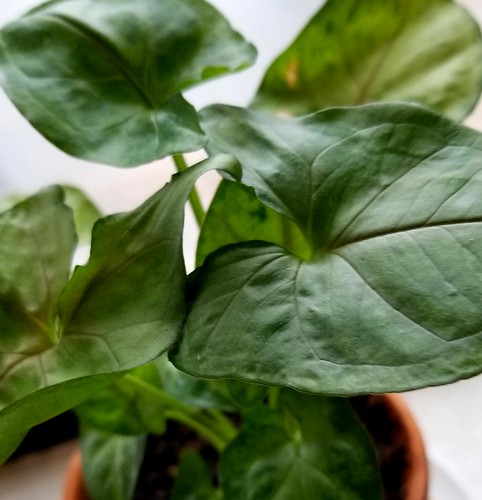When we think of air pollution, we think of car exhaust, greenhouse gasses, smog, and big cities. But what about inside our homes? The EPA reports that the air we breathe inside is more often than not up to five times as polluted as what we breathe outdoors. Considering how much time most of us spend indoors (up to 90 percent of our day), this is an unsettling statistic. However, there is much that can be done to improve our indoor air quality.
Change The Way You Clean
It won’t come as a surprise that one of the ways to keep indoor air healthy is to clean your house on a regular basis. Pet dander, spores, dust, and mites are all common allergens that contribute to indoor air pollution. The shocker is that the majority of household cleaners many of us use actually do more to pollute our indoor air than to rectify it. Many of these products contain harmful chemicals, including VOCs (volatile organic compounds). These ingredients can cause headaches, respiratory distress, eye and throat irritation, and even long term problems like neurological and endocrine disruption.
Making the switch to plant-based cleaners, or making your own natural cleaners at home, are great ways to avoid those chemical toxins and the health risks that accompany them.
Circulation And Filtration
Ventilation is integral to clearing the air in your home. The easiest and cheapest way to ventilate is to open windows, especially when cleaning or cooking. If you have central air, your HVAC unit can essentially serve as a giant air filtration system. Even running it for a few minutes on a regular basis can vastly improve the quality of the air you’re breathing. Of course, this is only true with regular HVAC maintenance. A neglected unit adds pollutants to your air instead of removing them and can lead to respiratory infection and other undesirable symptoms.
Bring A Little Nature Inside

It’s well known that air purifiers are excellent weapons against indoor air pollution. Those with HEPA filters effectively pull particles from the air, and push clean air back out into the room. Perhaps not as well known is the ability of houseplants to help filter harmful particles. We learn at a young age that plants filter carbon dioxide out of the air and give us oxygen, but beyond that NASA studies have demonstrated their ability to filter some harsh VOCs like formaldehyde out of the surrounding air.
Go Fragrance Free/Safe
Spray air fresheners aren’t good for indoor air quality for the same reason most basic household cleaners aren’t safe. But what about candles? Standard paraffin candles are made from petroleum oil and release carbon dioxide into the air, along with chemicals used to give them their fragrance (some of which are known carcinogens). They also produce black soot. All natural candles are cleaner, eco-friendly, more cost-effective alternatives made from soybean oil or beeswax. They don’t increase CO2 levels, don’t produce soot, don’t release any carcinogens into the air, and are scented with essential oils and natural ingredients.
Clean air is essential for good health. Luckily understanding and learning how to mitigate common indoor pollutants greatly reduces your risk for both short and long term health problems.
Leave a Reply